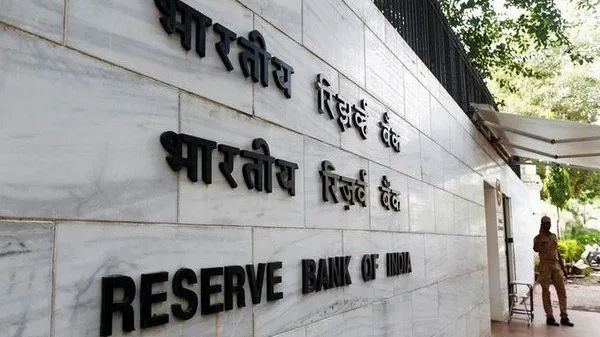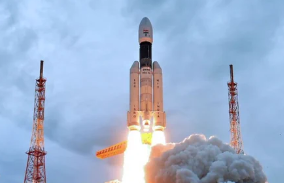Measures to tighten liquidity are likely to be accompanied by a hike in interest rates on Wednesday, increasing upward pressure on bond yields and the need for central bank measures to support government borrowing.
There is no doubt about the rise in interest rates because the governor of the Reserve Bank of India (RBI) Shaktikanta Das said on May 23 that the decision would be a “no brainer”.
Also Read | Australia’s tour amidst economic crisis to boost Sri Lanka financially
According to a Reuters poll, economists expect a rise of 25 to 75 basis points (bps). It will follow a 40-basis-point rise that kicked off the RBI’s tightening cycle, which economists expect to be relatively short.
“A hike at this week’s RBI policy meeting is a foregone conclusion,” said Radhika Rao, senior economist at DBS Bank.
“Inflation has proved to be persistently high in the past three years, even as drivers have changed – from supply bottlenecks to commodities and reopening pressures,” she added.
Also Read | Cryptocurrency scams cost Americans over $1 billion in 2021, FTC finds
Retail inflation in April was 7.79% higher than a year-ago period, exceeding the RBI’s tolerance band for inflation of 2% to 6% for the fourth month in a row. Inflation is expected to remain high in the near future.
Last month, RBI Governor Shaktikanta Das said that the bank’s primary focus was to bring inflation down closer to target but it could not ignore concerns around economic growth.
The market is expecting an increase of around 50 basis points on Wednesday.
Also Read | Why Burger King has been unable to leave Russia after the Ukraine invasion
Analysts also expect the RBI to reduce liquidity, strengthen its fight against inflation, and extend its efforts to return monetary conditions to what they were like before the pandemic prompted drastic measures to stimulate the economy, reported Reuters.
On June 3, BofA Global Research predicted that the RBI would continue with measures to absorb liquidity. It expects a 50-basis-point increase in the cash reserve ratio (CRR) for banks, which would absorb around 870 billion rupees in the banking system.
Also Read | Exports grew 15% in May, trade deficit widens to $23.33 billion
Rao at DBS said “Further CRR increases are on the cards to lower the liquidity surplus and aid transmission” that is, to support rises in interest rates to affect the economy.
Tighter liquidity will push bond yields higher. The benchmark 10-year yield has already surged more than 100 basis points in 2022, driven higher by global oil prices and rising expectations for short-term interest rates.
The government is also increasing its borrowing requirement with fiscal measures to control inflation, such as cutting customs and excise duties on fuel. Economists believe such fiscal action will have to continue.
Also Read | Why Elon Musk wants to slash 10% of Tesla’s workforce
Therefore, the central bank may have to support it by buying bonds and thereby holding down yields.
“Asset purchases through G-SAP (the government securities acquisition program) could be reintroduced if the central bank felt this was warranted to contain fiscal risks,” said Shilan Shah, senior India economist at Capital Economics.
Also Read | Explained: Changes in repo rates and their impact on stock market
In April, the RBI increased its inflation forecast, saying average retail prices in the year to March 2023 would be 5.7% higher than a year earlier. Economists expect it to further raise the forecast on Wednesday. The 2022-23 gross domestic product (GDP) forecast will probably be left unchanged at 7.2%, they say.







